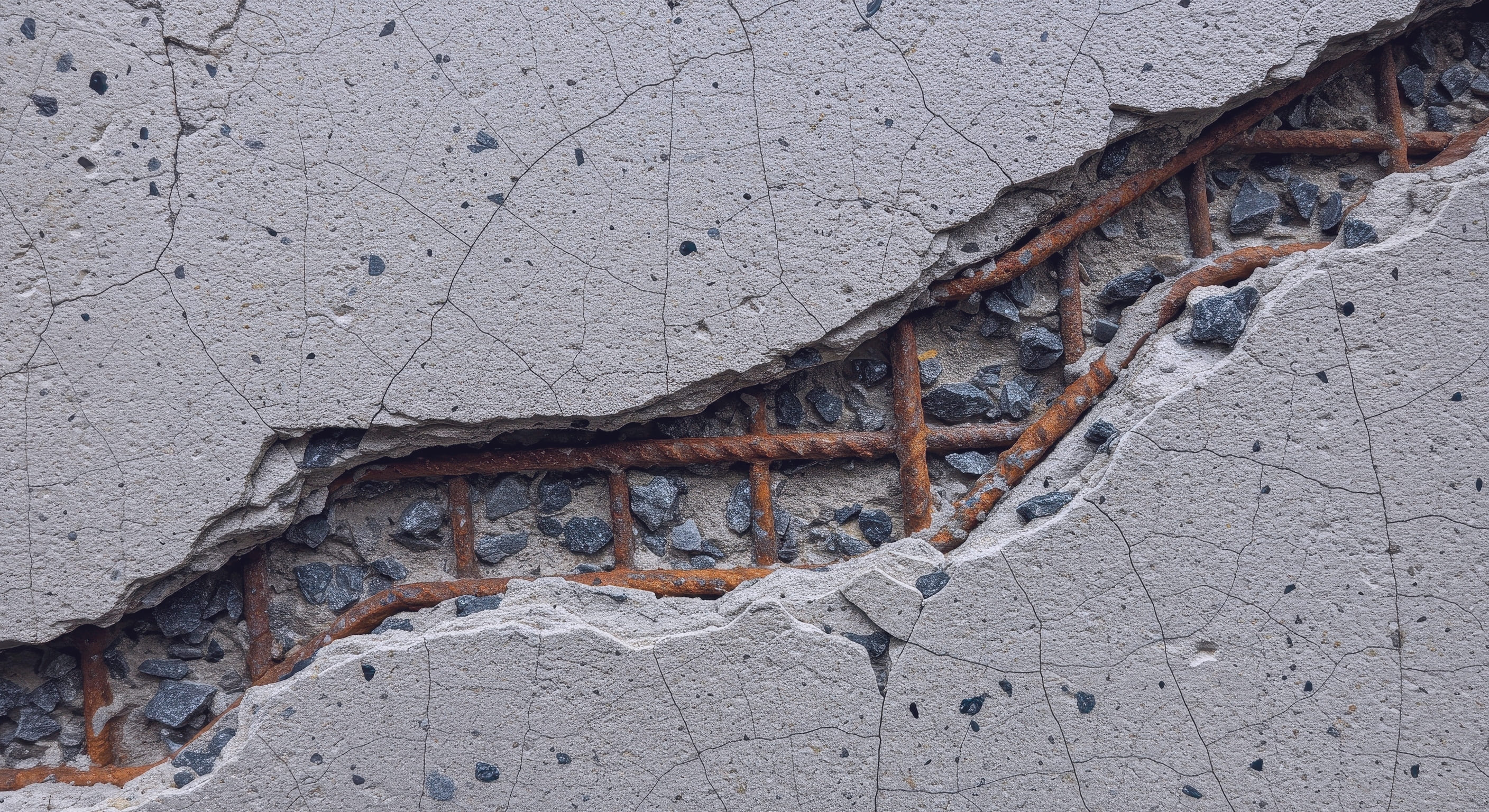Analyzing Corrosion rate through Surface Methodology Model
Date
2024
Box-Behnken design allows to predict the significant factors influencing corrosion rate

Bisphenol A epichlorohydrin (BPA-EC) is commonly used as a resin and cycloaliphatic amine (CAA) as a curing agent in epoxy coatings for industrial purposes. However, due to the known toxicity of CAA, alternative curing agents such as aminopropyl triethoxysilane (APTES) are being considered. Additionally, kraft lignin can be used to partially substitute BPA-EC. This study evaluates the effects of APTES, BPA-EC, and kraft lignin on corrosion resistance using advanced statistical optimization methods. Specifically, response surface methodology combined with the Box–Behnken design was applied to assess the individual and combined influences of these components. The initial model yielded a P-value of 0.0037, although some variables were statistically insignificant. After refining the model by retaining only the significant factors, an improved P-value of 0.0004 was achieved. While each component showed a non-linear relationship with corrosion resistance, no combined (synergistic) effect was observed.
Importantly, statistical analysis indicated that BPA-EC is essential for corrosion protection, as its concentration is directly linked to the coating's corrosion resistance. Therefore, although APTES can replace the toxic CAA, BPA-EC cannot be entirely substituted with lignin without compromising performance.